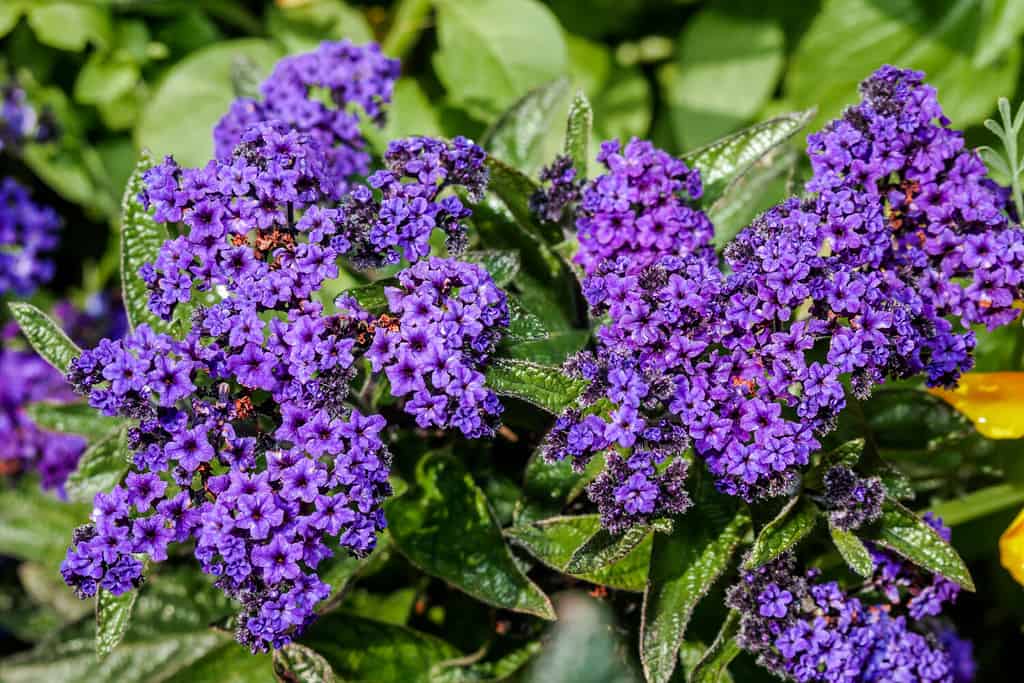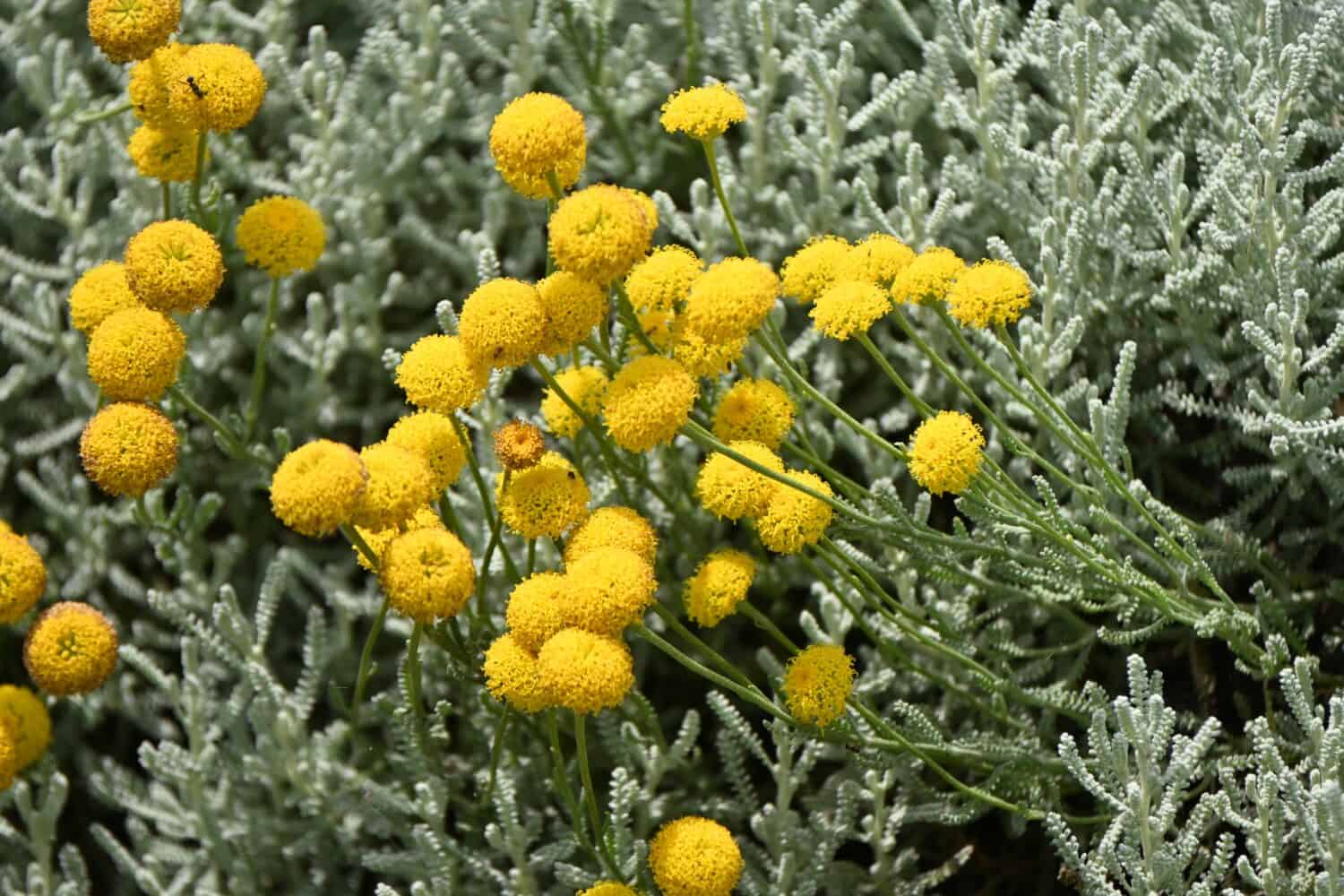16 Plants That Look Like Lavender And How to Care For Each
7. Heliotrope (Heliotropium arborescens)

©Nick Pecker/Shutterstock.com
Heliotrope, is an enchanting plant that shares several visual similarities with lavender, making it a delightful alternative. Its oval-shaped, dark green leaves are rich and lush, providing a stunning contrast to its vibrant clusters of tiny, fragrant flowers. Heliotrope typically produces small, star-shaped blossoms in shades of lavender, purple, or blue, closely resembling the elegant inflorescences of lavender.
What truly sets heliotrope apart is its captivating fragrance—a sweet, vanilla-like scent, making it a favorite among garden enthusiasts seeking a lavender-inspired experience. Plant heliotrope in a location that receives full sun to partial shade, providing it with ample sunlight.
Ensure the soil is well-draining to prevent waterlogged roots but keep the soil consistently moist. Heliotrope also thrives in slightly acidic to neutral soil conditions. Regular watering is essential for maintaining its health and promoting flowering.
Prune the plant regularly to encourage bushier growth and remove spent flowers to prolong blooming. Additionally, apply a balanced, water-soluble fertilizer during the growing season to support healthy growth and flowering. In colder climates, consider overwintering heliotrope indoors or protecting it from frost to ensure its survival.
8. Lavender Cotton (Santolina chamaecyparissus)

©tamu1500/Shutterstock.com
Lavender cotton is a distinctive shrub that, while not a true lavender plant, offers an intriguing lavender-like appearance with its unique silver-gray foliage. Its dense, compact leaves are small, narrow, and highly aromatic, creating a silvery mound of foliage that closely resembles the overall aesthetic of lavender.
Unlike traditional lavender, lavender cotton is primarily grown for its captivating foliage rather than its flowers. It occasionally produces small, button-like yellow flowers, but its real charm lies in its foliage, which adds a touch of elegance and texture to your garden.
Lavender cotton thrives in full sun and well-draining, sandy soil. It is also tolerant of poor soil conditions and grows best in slightly alkaline to neutral soil. Once established, lavender cotton is drought-tolerant and prefers slightly dry conditions. Additionally, water sparingly to prevent waterlogged roots.
Like many specimens, prune lavender cotton regularly to maintain its compact shape and encourage new growth. You can also trim back its flower heads to promote bushier foliage. Lavender cotton is pest-resistant. Furthermore, you can propagate specimens through cuttings taken in spring or early summer.









